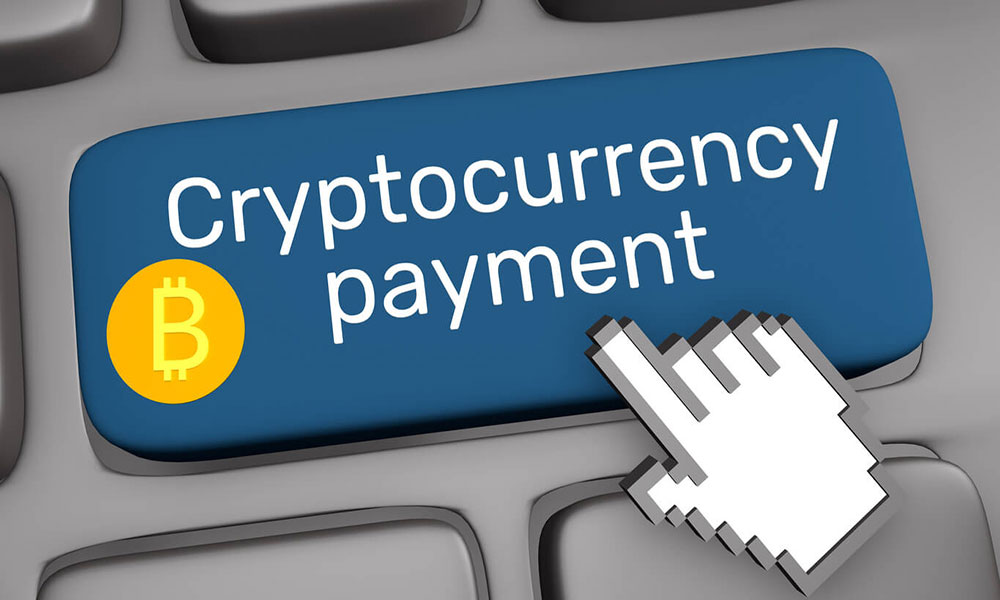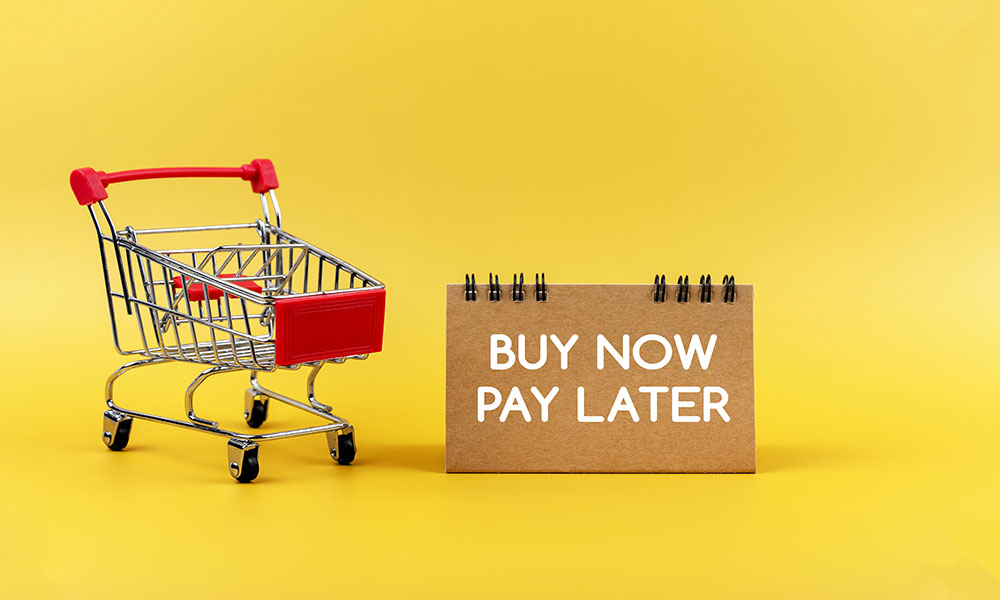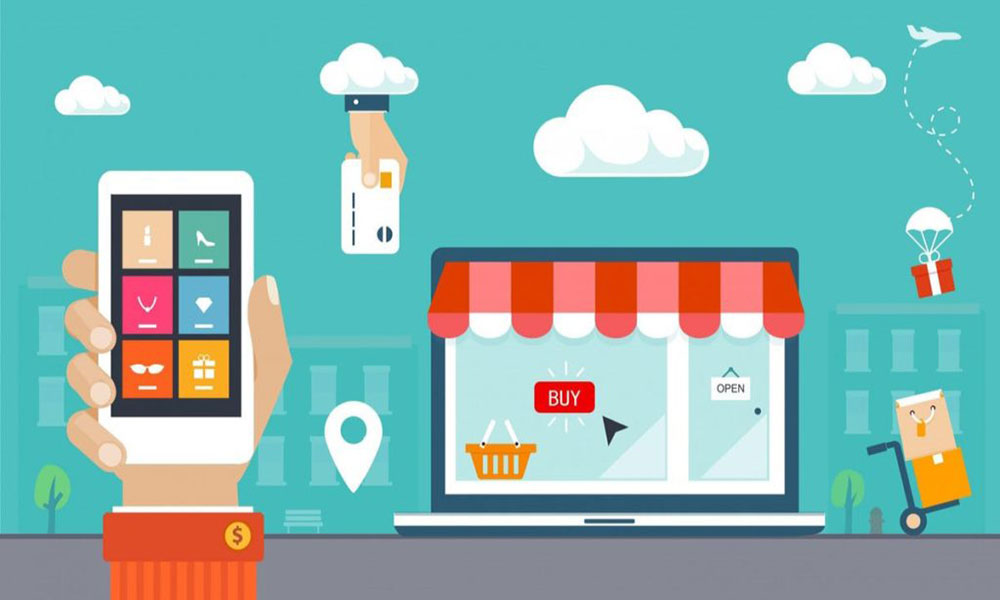Revolutionizing eCommerce Payments: 6 Trends To Look Out For In 2023
As the world continues to evolve and technology advances at an unprecedented rate, so do the ways in which we make payments. The year 2023 promises to bring about a number of changes and innovations in payment trends. Businesses that want to remain competitive and meet customer expectations must stay up-to-date on the latest payment trends. From mobile payments and digital wallets to cryptocurrency and buy now, pay later options, there are many new and innovative payment methods that are transforming the way we transact. In this article, we will explore six payment trends that are likely to shape the industry in 2023 and beyond and discuss how businesses can leverage these trends to enhance their payment strategies and improve the customer experience.
Here is the list of the best E-commerce payment trends to watch for in 2023:
- 1. Contactless payments: The rise of NFC-enabled devices and mobile payments
- 2. Cryptocurrency payments: Greater adoption of digital currencies as a payment method
- 3. Biometric authentication: The use of facial recognition and fingerprint technology for secure payments
- 4. Buy now, pay later: The surge of installment payment options for online purchases
- 5. Payment via chatbot
- 6. Omnichannel payment
1. Contactless payments: The rise of NFC-enabled devices and mobile payments
Contactless payments have become increasingly popular over the past few years, and the trend is set to continue in 2023. This is largely due to the rise of NFC-enabled devices and mobile payments. NFC, or mobile payments, technology allows for contactless payments by simply tapping or waving a device, such as a smartphone or a smartwatch, Google Pay, Samsung Pay, or Apple Pay. This payment method is convenient and more secure than traditional payment methods as it eliminates the need for physical contact with a payment terminal or exchange of cash. Furthermore, the COVID-19 pandemic has accelerated the adoption of contactless payments as consumers seek safer, more hygienic ways to make transactions. This has led to an increase in the number of retailers and businesses accepting contactless payments, and the development of new and innovative payment technologies to meet the growing demand. In conclusion, the rise of NFC-enabled devices and mobile payments will continue to shape the payment landscape in 2023, as more and more consumers embrace the convenience and security of contactless payments.
2. Cryptocurrency payments: Greater adoption of digital currencies as a payment method
Cryptocurrency payments are quickly gaining traction as a viable and convenient method of payment. With the rise of digital currencies such as Bitcoin and Ethereum, more and more businesses are beginning to accept cryptocurrency payments. This is largely due to the many advantages of using cryptocurrencies, such as the ability to conduct transactions without intermediaries, lower transaction fees, and greater security.
One major advantage of cryptocurrency payments is that they can be made without the need for a third party, such as a bank or credit card company. This allows for greater financial freedom and autonomy, as users can transfer funds directly to one another without the need for an intermediary. Additionally, cryptocurrency transactions often have lower fees compared to traditional payment methods, making them an attractive option for businesses and consumers alike.
Furthermore, the security of cryptocurrency payments is also a major factor in their adoption. Cryptocurrency transactions are secured by advanced encryption techniques, making them virtually immune to hacking and fraud. This provides users with greater peace of mind and confidence in the security of their transactions.
As more and more businesses begin to accept cryptocurrency payments, the adoption of digital currencies as a payment method is expected to continue to grow. With the benefits of lower fees, increased security, and greater financial autonomy, it is no surprise that cryptocurrency payments are becoming increasingly popular among businesses and consumers alike.

Read more: How to connect Crypto.com pay with Shopify online store
3. Biometric authentication: The use of facial recognition and fingerprint technology for secure payments
Biometric authentication, which involves the use of facial recognition and fingerprint technology, has emerged as a popular method of securing payments. This technology allows users to make payments by simply presenting their faces or fingerprint, eliminating the need for traditional passwords or PINs.
The use of biometric authentication offers several advantages over traditional authentication methods. For one, it is more secure, as biometric data is unique to each individual and cannot be easily replicated or stolen. Additionally, biometric authentication is more convenient, as users do not need to remember complex passwords or carry around physical tokens such as credit cards.
As biometric authentication technology continues to advance, it is likely to become more widespread in the world of payments. However, it is important to ensure that the technology is used responsibly and that user privacy is protected. As with any new technology, there are potential risks and challenges associated with biometric authentication, and it is up to businesses and regulators to ensure that these are properly addressed.
4. Buy now, pay later: The surge of installment payment options for online purchases
The rise of online shopping has led to an increase in the availability of “buy now, pay later” options. This payment method allows consumers to split the cost of their purchase into smaller, more manageable installments, often with no interest or fees.
Buy now, pay later services typically involve a third-party payment provider that partners with online retailers to offer these payment options at the checkout. Some providers require a credit check or a soft credit inquiry to determine a consumer’s eligibility, while others offer the service to all customers regardless of credit history.
One of the main advantages of buy now, pay later is that it offers greater flexibility for consumers, allowing them to make larger purchases without having to pay the full amount upfront. Additionally, some providers offer interest-free options, making this payment method an attractive alternative to credit cards.
As the popularity of buy now, pay later continues to grow, it is important for consumers to carefully consider their options and understand the terms and conditions of these payment methods. Retailers and providers also have a responsibility to ensure that they are transparent about fees and charges and that they are not encouraging consumers to take on debt that they cannot afford to repay.

5. Payment via chatbot
The burgeoning trend of payment via chatbot is quickly gaining traction in the retail industry. With their playful and interactive nature, chatbots have emerged as the ideal shopping assistants for consumers, providing valuable guidance and support throughout the purchasing process.
Leading companies such as Taco Bell, and Oui.SNCF, Subway, Lufthansa, and 1-800-Flowers have already adopted this innovative payment method, recognizing its potential to enhance customer engagement and satisfaction. In 2023, it is predicted that the rate of customer-company interactions involving the use of chatbots will be very high, affirming the importance of technology in modern commerce.
The convenience and ease of payment via chatbot make it an appealing option for tech-savvy consumers seeking streamlined and intuitive purchasing experiences. As chatbot technology continues to advance and evolve, it is expected to revolutionize the retail landscape and transform the way that consumers interact with their favorite brands.
6. Omnichannel payment
Omnichannel payment is set to gain increasing significance in 2023 as businesses strive to offer a seamless and personalized payment experience to customers. This payment approach allows customers to choose their preferred payment method, whether it be in-store, online, or via mobile device, enhancing customer engagement and satisfaction. Moreover, by offering multiple payment options, businesses can cater to the diverse preferences of their customers, leading to increased conversion rates and revenue. Additionally, omnichannel payment can help businesses gain valuable customer insights by consolidating data from multiple channels, enabling better targeted marketing and improved business performance. While implementing omnichannel payment can be challenging and requires significant investment in technology and compliance with data privacy and security regulations, the benefits make it a worthwhile investment for businesses looking to stay competitive in the ever-evolving world of modern commerce.

Conclusion:
In conclusion, the world of payments is constantly evolving, and 2023 promises to be a year of significant advancements in this field. Consumers and businesses alike will benefit from the convenience, speed, and security that these payment methods offer. As the payments landscape evolves, it is crucial for individuals and organizations to stay informed and adapt to these changes to remain competitive in the marketplace. The future of payments is exciting, and we can expect to see even more innovative solutions emerge in the coming years.








